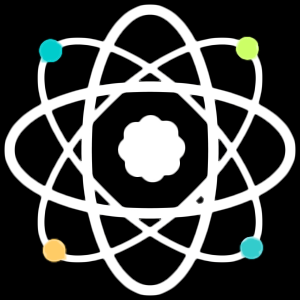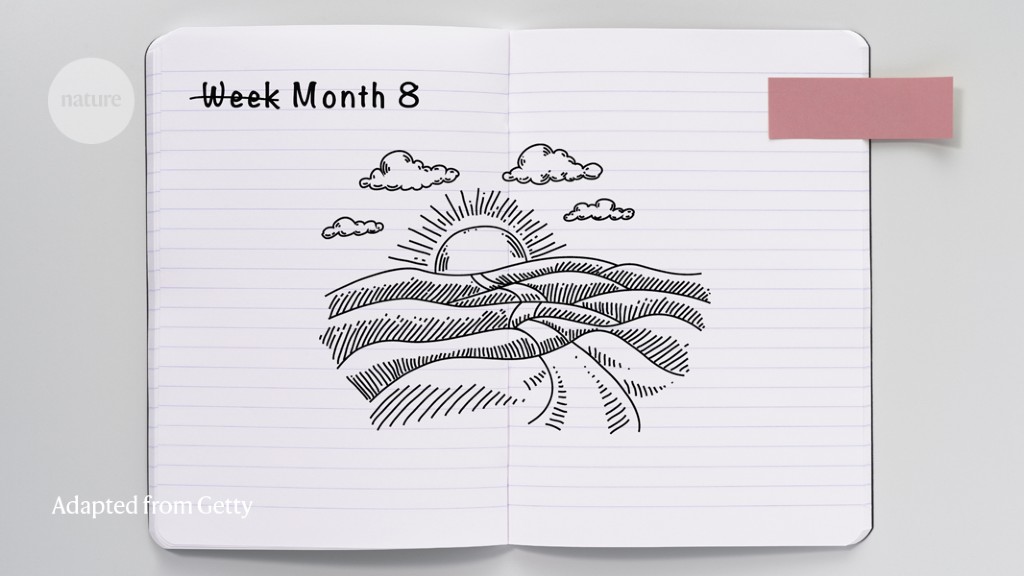So, we are still here, still grinding our way through the COVID-19 pandemic. I am writing this during the second lockdown in England: around a month ago, I wrote that lockdown had largely lifted where I am, but that didn’t last long. Lockdown is a bit different this time; crucially, schools and universities are still open to some extent, which means my working life is closer to the good old days (of February 2020).
In April and May, it felt like the entire world was confined inside for a time; this time, the experience is a bit more local and fragmentary. Depending on where you live in the world, you might be entering, in the middle of, or leaving a lockdown. Although the timing is less universal than before, I suspect there are core themes that most scientists are still experiencing, especially the ongoing feeling of social isolation. I don’t normally have much of a social life, but there is quite a big step from not much to none at all. This has a real impact at the level of work — I am more likely to see my colleagues (as experts in virology, vaccinology and epidemiology) on the television or in the news than I am to see them in real life. I miss the corridor chats — the little things that spark new collaborations or fire research down new and unanticipated paths. It is great to be able to go into the laboratory, and I know a lot of people are not in this privileged position. But being at work also emphasizes what has changed — the empty offices and desks where my colleagues normally sit, having to book in meetings to catch up with people when a two-minute face-to-face would normally resolve matters, the lack of people to chat to when I am bored.
I miss the pick-me-up I get from my colleagues. Another shared theme among many of us, I feel, is a general exhaustion. Nine months of unprecedented events is a long time to live in the ‘new’, with relentless change to our routines. In some ways, working days are actually longer than before — the commute used to put brackets around my day that are no longer there, and so work can bleed into my life at any point. It is now quite easy to work from the moment you wake up to the moment you go back to bed.
Recently, I have experienced a creative exhaustion, which plays out in a number of ways. I normally am an avid reader, but cannot really face anything challenging at the moment. When I do have the time or energy, I spend it re-reading old favourites (I have just started J. R. R. Tolkien’s The Fellowship of the Ring for the tenth time) or nice easy teen fiction (I am really enjoying The Ballad of Songbirds and Snakes by Suzanne Collins).
My creative ennui has spread into other areas: coming up with new meals for the family is an increasing chore, and makes a marked change from my sourdough enthusiasm in May. This may be due to the unprecedented number of meals taken together, and the fact that my children demand more than my pre-pandemic lunch of a shop-bought sandwich inhaled over a keyboard between meetings. Struggling to choose a good book or the family supper doesn’t directly affect my ability to do science, but I think it is symptomatic of the listlessness that this continued pandemic has created: it dampens inspiration.
Science is a creative subject and a lot of my normal time is (or at least should be) dedicated to developing new ideas. As I said earlier in the pandemic, that is hard enough under normal circumstances, but has been so much harder this year. It doesn’t help that it is an ephemeral, unmeasurable process. “What did you do today, Daddy? Oh, I stared at some paper and scribbled down some ideas, only to scratch them out later in the day.” The ideas are there, but they are taking a lot more effort to unearth than usual.
The other thing that is hindering the creative flow is the multitasking I still need to practise to run my lab, which I’m finding tougher than ever. It requires a constant shifting of mental gears and juggling between working at home and in the lab (I am currently doing three days in lab and the rest of the working week at home). At any one moment, I am moving between online shopping for the lab, demonstrating a technique I haven’t done for ten years, fixing a broken ice machine, writing rules for the safe disposal of biological waste, recording online lectures, correcting the mistakes made by the automatic transposition software in my online lectures (according to that, I am George Conning and I lecture on Sea D four Tea sells).
And yet, I think there is now space for hope. Despite the new lockdown, recent events have left me feeling much more optimistic about the state of the world. As well as the result of the US election, which I was pleased with, the announcements of positive results from the Pfizer–BioNTech, Moderna and Oxford–AstraZeneca vaccine trials are exciting. These are extremely early days and it is a fast-moving area, but it does suggest that at least some of the 200 vaccines that have been proposed so far will work. These two pieces of news together make me think that maybe, just maybe, 2021 will be more normal, or at least calmer.
I’ll admit I have set myself a lot of false horizons to this pandemic, repeatedly thinking it was going to be shorter than it has been. This has been a mixed experience. Hope that things will change is needed; disappointment when they don’t is a bummer.
This time, though, the vaccine-trial data do seem to indicate that a corner’s been turned, and this is clearing the creative fog. Having struggled to find something to say this month, I finally rediscovered my writing mojo in my allotment shed while my daughter built a den in the rain. Hopefully, like me, you can find a happy place. Hang on in there, we’ll make it.



